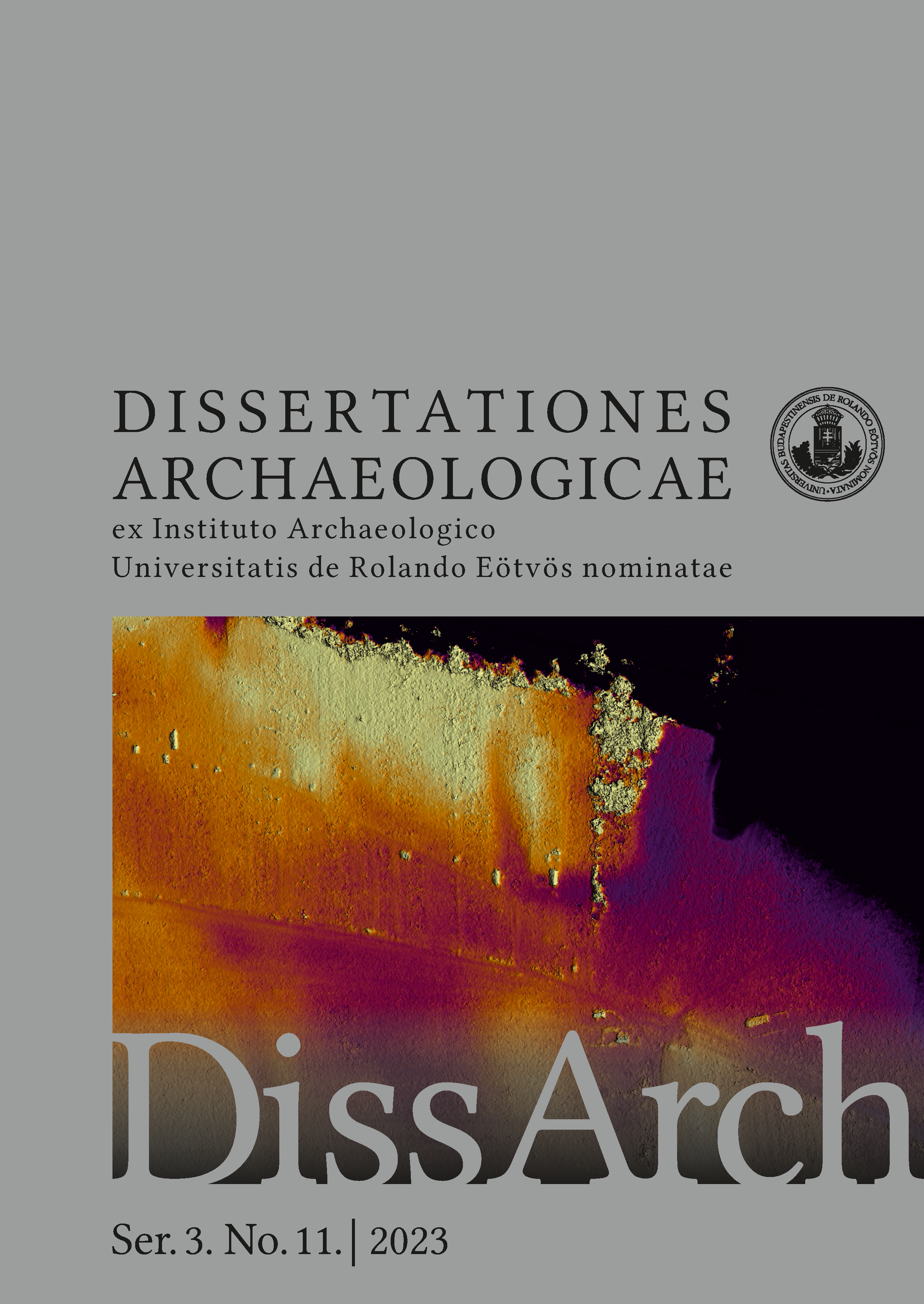Published 2024-03-26
Keywords
- Bronze Age chronology,
- radiocarbon dating,
- contact area,
- Eastern Carpathian Basin
How to Cite
Abstract
The southeastern part of Transylvania has a specific location in the Carpathian Basin. Being situated on the western fringe of the Eastern Carpathians, influences from west (inner Transylvania and the Great Hungarian Plain) and east (Moldavia and the northern Pontic area) can be traced through human history. The mountains were never an impenetrable border, and their porosity has made it possible for external cultural influences to expand. As a result southeastern Transylvania can be seen as a “contact zone” between East and West, where the above-mentioned influences have sometimes been weaker, but have never ceased: the continuous contacts and links were always present between the two sides of the Carpathians, something that has been confirmed by the numerous archaeological discoveries. While in recent years more and more 14C data have been reported from central and western Transylvania, this number has been negligible from the study area. In the last three years we have managed to measure 33 samples from 23 key-sites belonging to the Bronze Age, covering the whole period. The results have brought us closer to answering the questions that have preoccupied specialists dealing with the Bronze Age for decades. Many of the dates are the first ones for some of the cultures present in the study area (for example, for the Jigodin and Gáva Cultures), offering new, independent dating. The new results confirm many of the earlier suppositions regarding the Bronze Age chronology of the area, but have also raised some problems, which will need to be clarified in the future.


